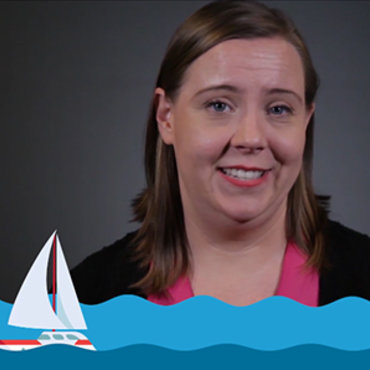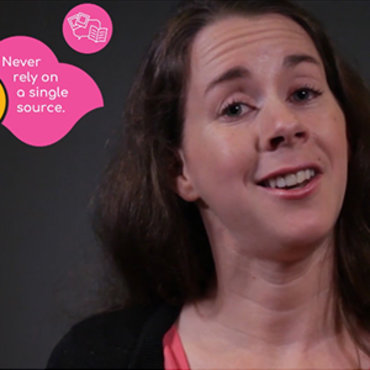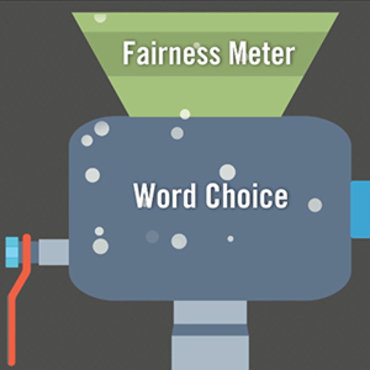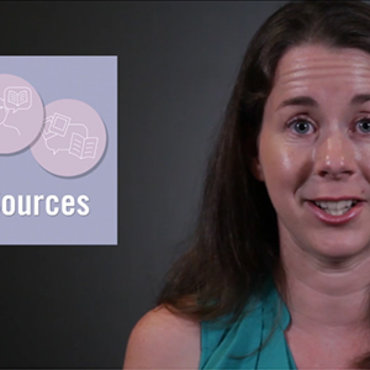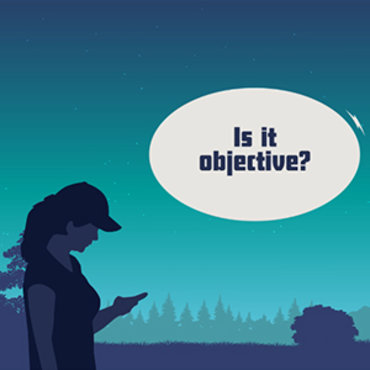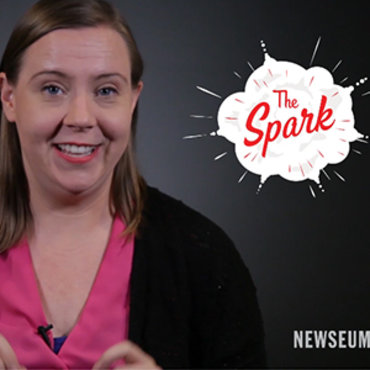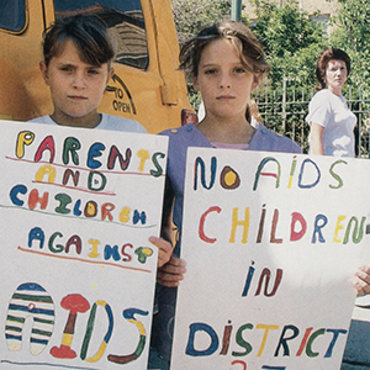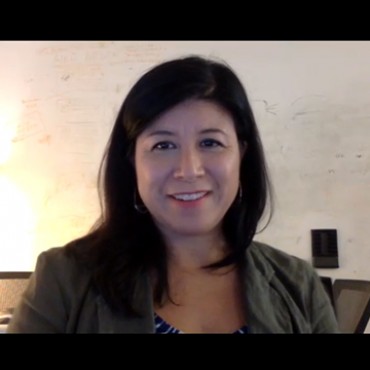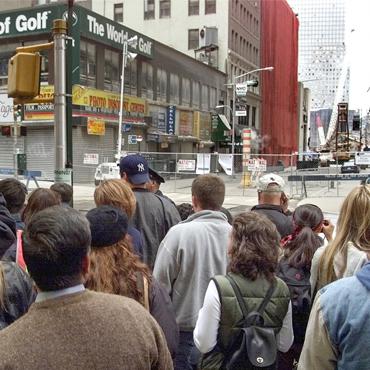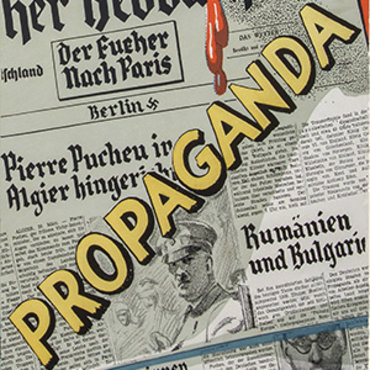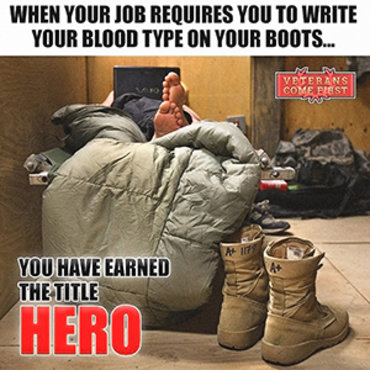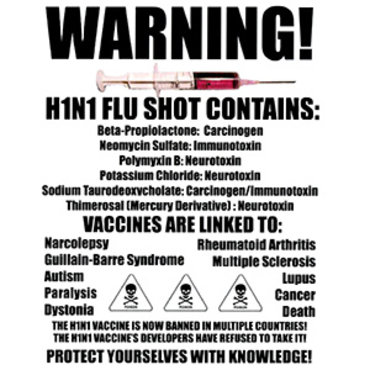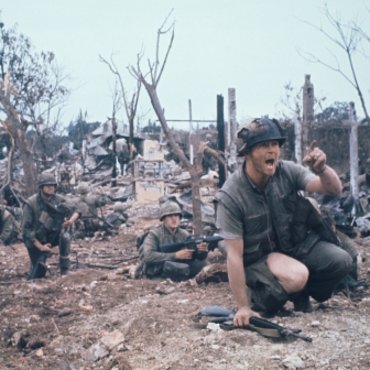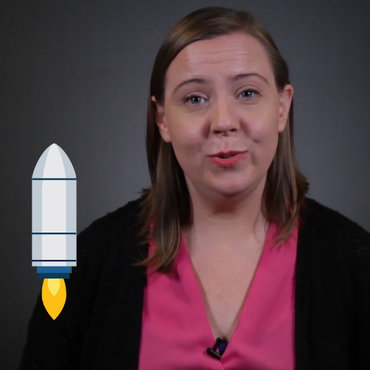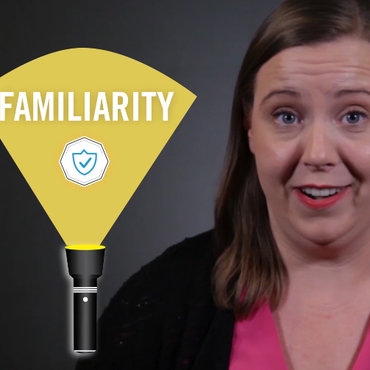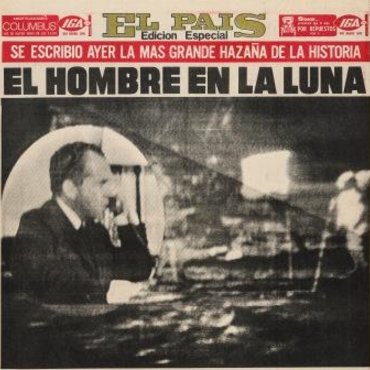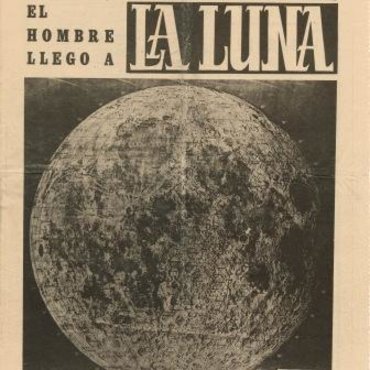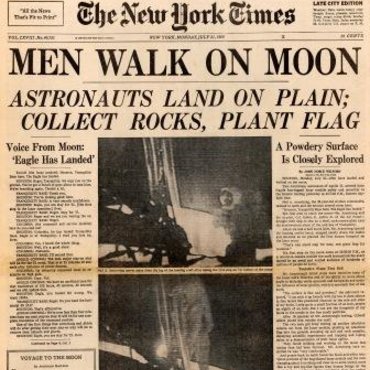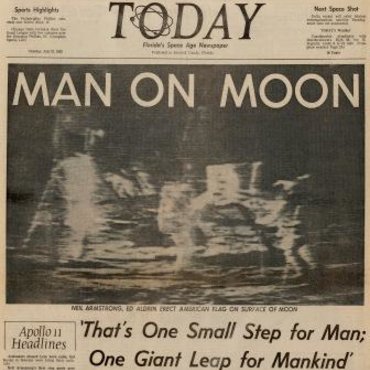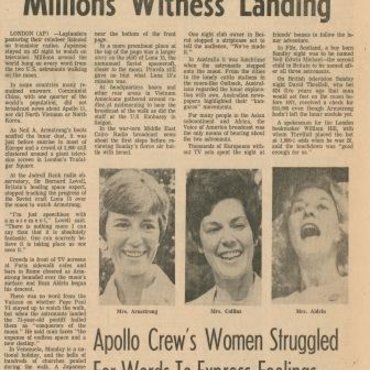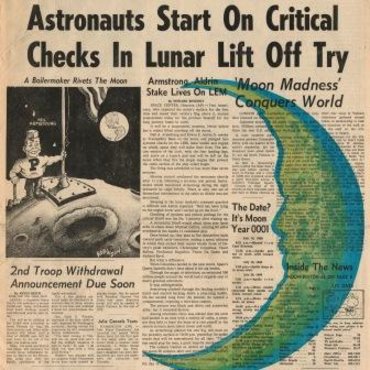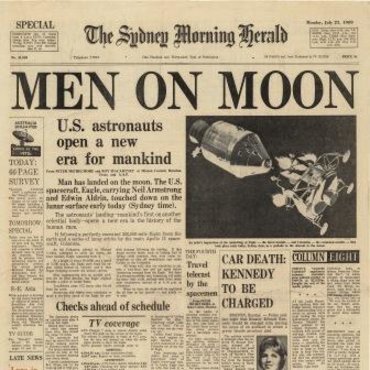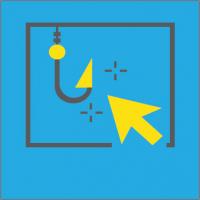
Cooking Up Clickbait
This quick activity will provide an entertaining introduction to questions about how we respond to and consume media, and how these habits connect to the issues of “fake” and flawed news.
Get even more great free content!
This content contains copyrighted material that requires a free NewseumED account.
Registration is fast, easy, and comes with 100% free access to our vast collection of videos, artifacts, interactive content, and more.
NewseumED is provided as a free educational resource and contains copyrighted material. Registration is required for full access. Signing up is simple and free.
With a free NewseumED account, you can:
- Watch timely and informative videos
- Access expertly crafted lesson plans
- Download an array of classroom resources
- and much more!
- Current Events
- Journalism
- 6-12
- Tell students that they’re going to begin class with a quick game that shows just how easy it can be to craft clickbait headlines (headlines written to get someone to read or “click” on a story link) — especially when you disregard facts.
- Using whatever method you prefer (counting off, random assignment, etc.), divide participants into groups of three or four.
- Hand out Step 1 of the activity sheet, and review the following parts of speech: adjective, adverb, noun and gerund. Give students 3-5 minutes to complete the sheet. Encourage them to work quickly.
- Hand out Step 2 of the worksheet and ask the groups to fill in the blanks.
- Invite the teams to share some of their favorite wacky headlines with the entire class. If desired, create a “gallery” by having the groups post their completed Step 2 sheets around the room. Students then walk around to read each other’s headlines.
- Hand out the real headlines for comparison, and discuss the prompts below.
- Cooking Up Clickbait worksheets, one set per small group
- Tape to post completed Step 2 headlines (optional)
- Of all the headlines, which would you be most likely to click on? Why? Explain what makes them grab your attention or pique your curiosity.
- Is the craziest headline always the most interesting? Are there cases here where the real headlines sound more interesting than the ones the students created?
- Where’s the line between a headline that is interesting and one that is “clickbait?”
- What can you learn from reading just a headline? What can’t you?
- How are the ways we respond to headlines connected to the issue of “fake news”/flawed news and its spread online?
Pick a relatively boring headline from today’s news and read the accompanying news story. Rewrite the headline to make people more likely to click on it. Then rewrite it specifically to appeal to three different audiences: teens, retirees and animal lovers. Discuss your choices. How effective do you think your rewritten headlines would be? Do the headlines still reflect the facts of the news story?
-
ISTE: 6b. Creative Communicator
Students create original works or responsibly remix digital resources.








